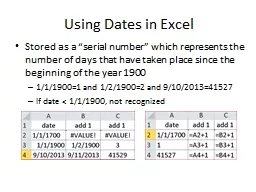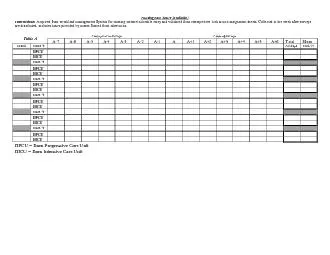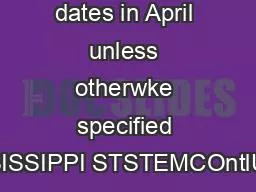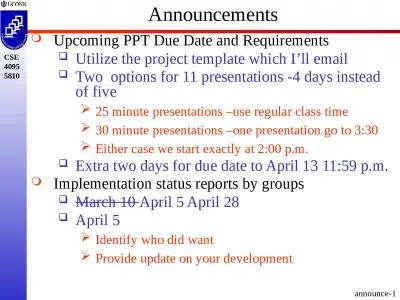PPT-Announcements Upcoming due dates
Author : roberts | Published Date : 2023-06-21
P0 due today 1159 pm PST HW0 due Monday 1059 pm PST Future We are doing AI To create intelligent systems The more intelligent the better To gain a better understanding
Presentation Embed Code
Download Presentation
Download Presentation The PPT/PDF document "Announcements Upcoming due dates" is the property of its rightful owner. Permission is granted to download and print the materials on this website for personal, non-commercial use only, and to display it on your personal computer provided you do not modify the materials and that you retain all copyright notices contained in the materials. By downloading content from our website, you accept the terms of this agreement.
Announcements Upcoming due dates: Transcript
Download Rules Of Document
"Announcements Upcoming due dates"The content belongs to its owner. You may download and print it for personal use, without modification, and keep all copyright notices. By downloading, you agree to these terms.
Related Documents














